“I look like a 90-year-old getting up from a chair.”
“It takes me a minute to straighten up after I sit a while.”
“I feel like an old man climbing out of bed in the morning.”

Patients tell me this more often than you’d think. Low back pain affects 80% of people during their lifetime (1). And getting stuck in a flexed, forward-bent position is a common symptom.
It takes a moment to straighten up all the way after rolling out of bed or rising from a chair. In severe cases, back pain keeps people bent forward until they get the right treatment.
4 Common Causes
Many individuals have low back pain that’s sensitive to spinal flexion (forward bending). Sometimes sitting with poor posture for too long causes the back to get stuck in a flexed position. Even heavy lifting can contribute to back pain and difficulty standing up straight.

These are a few common causes of trouble straightening up:
1) Unknown
Unfortunately, research shows that identifying an anatomical cause of back pain is fruitless 90% of the time (2). So it’s sometimes impossible to pinpoint the exact reason for difficulty straightening up.
2) Intervertebral Disc
The McKenzie Method proposes that repetitive spinal flexion (bending forward) affects the intervertebral discs, causing stiffness standing up straight and bending backwards.
It works like this: bending forward puts more pressure on the front of the disc (red), causing the gel inside the disc to move backwards towards the spinal cord and nerves (dark yellow). The posterior longitudinal ligament (PLL) sits behind the disc and prevents it from pushing into the spinal cord.
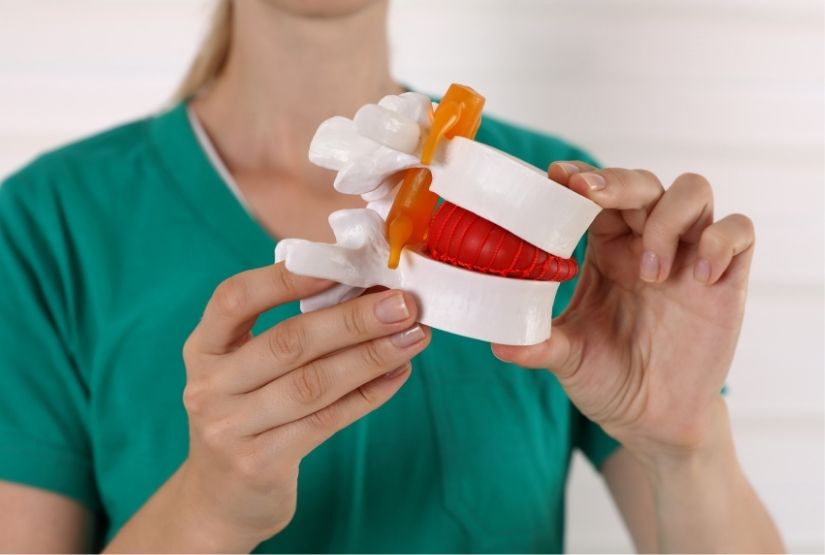
A lot of bending forward or slouched sitting can create a bulging or herniated disc – usually backwards – and to the side because of the PLL. In some cases, bulging discs irritate the spinal nerves and cause leg pain and sciatica.
A disc bulge can create an obstruction of movement, preventing the spine from straightening up or bending backwards. In this case, treatment requires gentle backwards bending to work through the restricted motion and regain full lumbar extension. (Skip down to Treatment #1 to see how)
The McKenzie approach is a scientifically proven treatment for low back pain relief (1). However the accuracy of the intervertebral disc model is controversial.
Disc bulges are very common, showing up in 40% of MRIs of pain-free 30-year-olds (3). Unfortunately, disc bulges and other MRI findings don’t always match up with patients’ symptoms (2).
To learn how to apply the McKenzie Method to your back pain, pick up Treat Your Own Back, a best-seller that has helped thousands of people (including me) gain control of their back pain.
3) Poor Motor Control
Small muscles around the spine–the lumbar multifidus muscles–stabilize and control the movement between the vertebrae. These muscles run vertically and stabilize the spine like telephone pole guy wires.
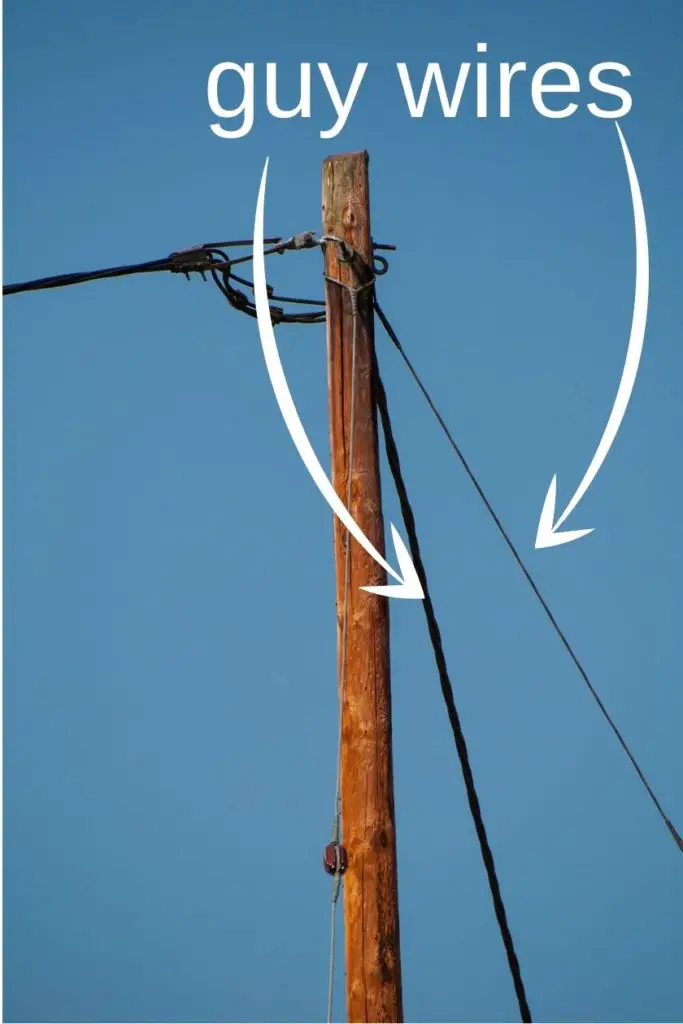
The lumbar multifidus muscles can atrophy and stop working well, especially with recurrent episodes of low back pain (4). As a result, large low back muscles like the erector spinae, quadratus lumborum and psoas major become tight and tense, restricting movement.
Poor motor control of the small spinal stabilizers causes catching, painful twinges, and difficulty straightening up.
4) Vertebral Fracture
A spinal fracture can cause difficulty straightening up. But it’s very rare. Vertebral fractures most often affect thin females over age 70 who have osteoporosis and a history of corticosteroid use.
Vertebral fractures can also occur during high-impact injuries, like falling backwards off a tall ladder onto the driveway. For individuals with severe osteoporosis (very weak bones), simple flexion activities like sneezing and lifting a laundry basket can cause vertebral fractures.
6 Effective Treatments
For cases of non-specific low back pain and bulging disc issues, the McKenzie method is a great treatment approach.
It’s a powerful treatment for acute pain. And it’s my go-to strategy for patients who have difficulty straightening up. And it’s a treatment approach trusted by many of the best physios in the world.
These McKenzie exercises (#1-4) can relieve back and sciatic nerve pain fast.
1) Prone on Elbows (Kyphotic Deformity Correction)
This technique can help individuals who just injured their lower back or can’t straighten up at all.
Step 1: Lie flat on your stomach, with two pillows under your hips. The pillows accommodate your forward-bent position. For acute back pain, a cold pack on the lower back can also reduce pain.
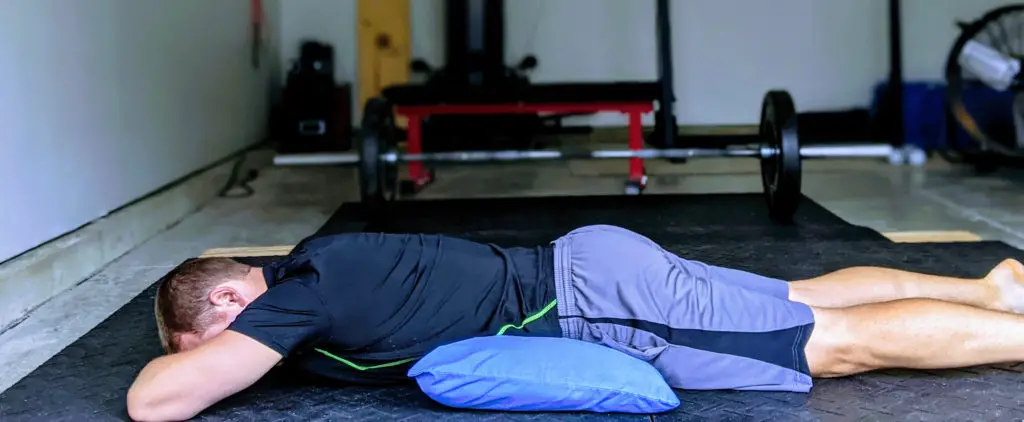
Step 2: Take 10 deep breaths. Deep breathing reduces the “fight or flight” response and lets your tight muscles relax.
Step 3: Gently prop up on your elbows. Your lower back will probably feel tight. That’s normal. Hold for 10 seconds. Return to your starting position (lying flat).
Step 4: Repeat three to five times.
Step 5: Remove one pillow and repeat the sequence three to five more times.
Step 6: Progress the range of motion by removing the final pillow and propping up on the elbows.
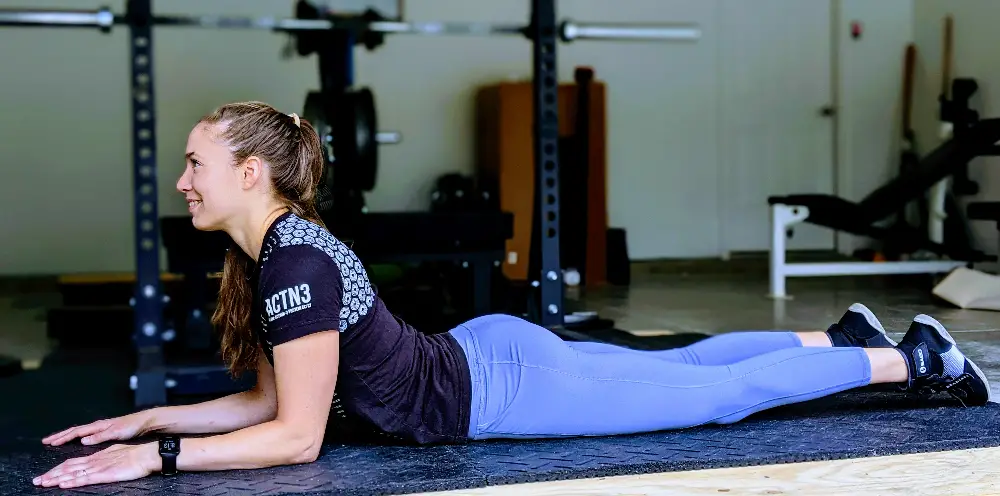
2) Repeated Extensions in Lying
For those who experience mild to moderate stiffness after prolonged sitting or bending forward, these exercises offset repetitive flexion activities.
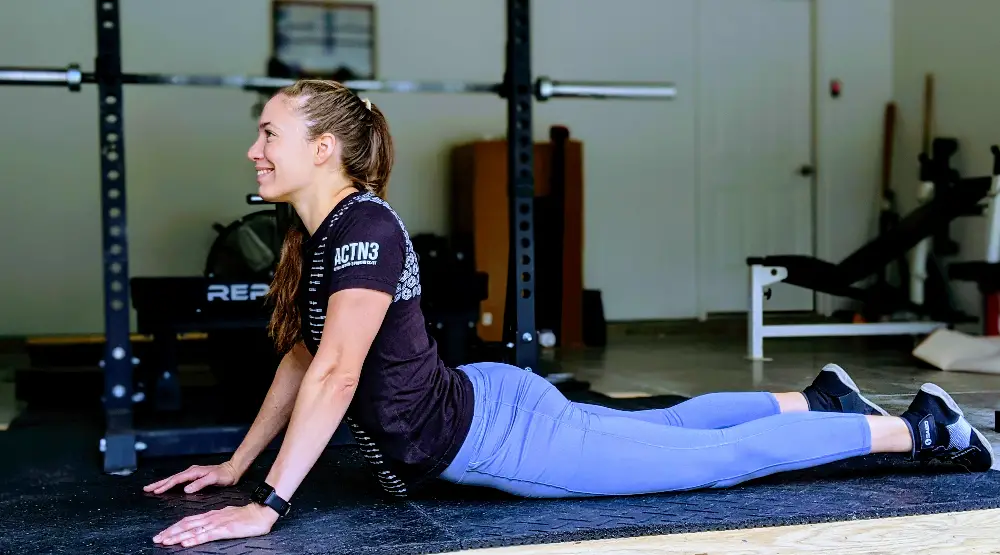
Plus, repeated extensions loosen up the lower back, unlock tight muscles, and reduce pain.
3) Repeat Extensions in Standing
It’s the same move as the last one, just in a standing position. Support your lower back with your hands and gently bend backwards. Then return to the starting position.
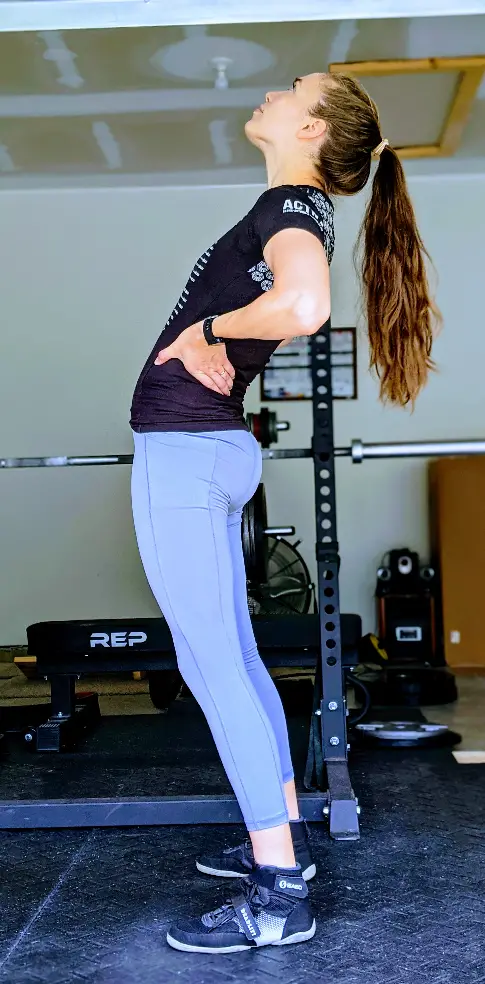
Gradually increase your range of motion with each repetition. Avoid pushing through pain.
4) Better Sitting Posture
A slouched sitting position flexes (forward-bends) the lumbar spine. Sitting like this for a long time can irritate the lower back.
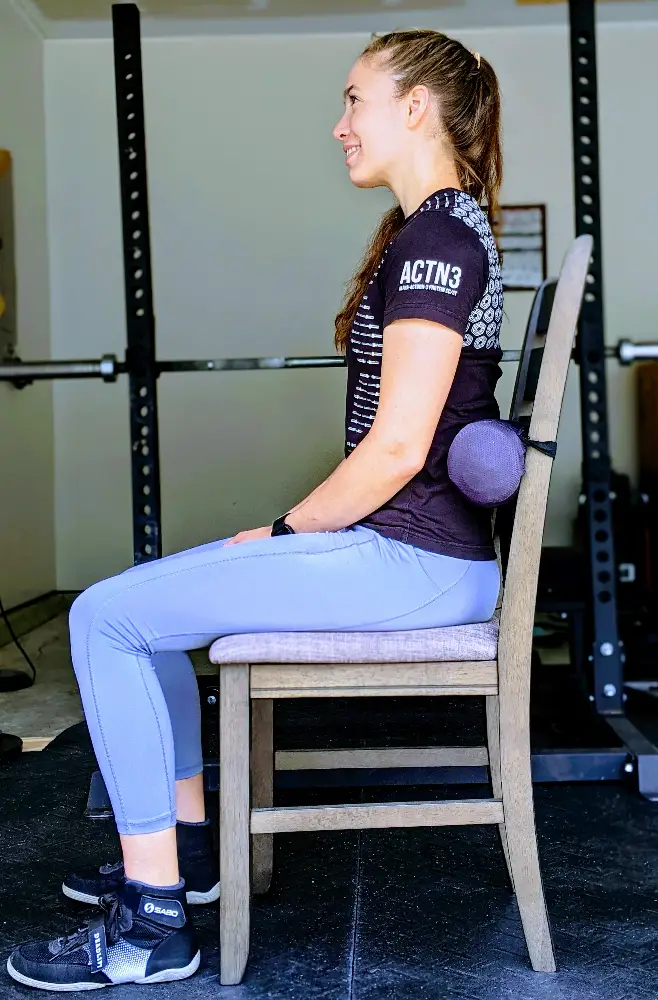
To make sitting more comfortable, take regular breaks and make sure you have adequate lumbar support. I use the McKenzie lumbar roll to sit with good posture and keep my back happy.
Snag your own here – your back will thank you!
To read more about sitting comfortably, check out 5 Ways to Sit with Less Pain
5) Heel Digs
This exercise retrains the lumbar multifidus muscles, the “guy wire” stabilizers around the spine. It’s a great way to reduce the risk of future injury. It’s best for mild to moderate pain, not a first-priority exercise for acute, severe lower back pain.
Lie on your back with both knees bent and your feet flat on the ground. Use your hands to feel the lumbar multifidus muscle next to your spine, a fingerbreadth from the bony spinous process.

Pull your right heel down into the floor, like you’re trying to dig a hole in the floor. You should feel the back muscles tighten under your fingers.
Repeat with the opposite leg. It’s normal to feel more muscle contraction on the opposite side of the heel dig.
Since the lumbar multifidus is an endurance muscle, train it for endurance. Hold muscle contractions for 10-15 seconds and do 10-20 repetitions.
Afterwards, check your lower back motion to see if your mobility and control got better. Simply contracting and relaxing the low back stabilizers makes them work better.
It takes muscles 6-8 weeks to get bigger and stronger. But this exercise activates the stabilizing muscles and may alleviate pain immediately.
6) Find Comfortable Positions
For those who can’t straighten up because of back pain, standing and walking usually loosen up the back. In cases of severe lower back pain, lying flat with the knees elevated is often a comfortable position.
Ideally, a position of comfort won’t cause extra stiffness when moving to a new position.
For example, let’s say sitting feels comfortable in the moment. But sitting preceded the initial pain. And the spine feels stiff after a long sit. In this case, sitting will probably exacerbate symptoms over time.
4 Things to Avoid
Low back pain is often recurrent. Avoid these so you don’t aggravate your symptoms:
1) Repeating What Caused the Problem
Seems like a no-brainer. Sitting for long periods of time is often the culprit. Or lifting heavy objects. Avoid aggravating positions and activities. Otherwise, pain will persist.
2) Stretching Your Back Muscles
If your back is tighter than the leg space in a smart car, it’s natural to want to stretch your muscles. But stretching forward is one of the worst things you can do if you have difficulty straightening up.
Even if you’re experiencing muscle spasms, avoid aggressive forward-bending stretches for the low back. Your back spasms indicate your body wants to limit lower back motion and protect your spine. Stretching may exacerbate the problem.
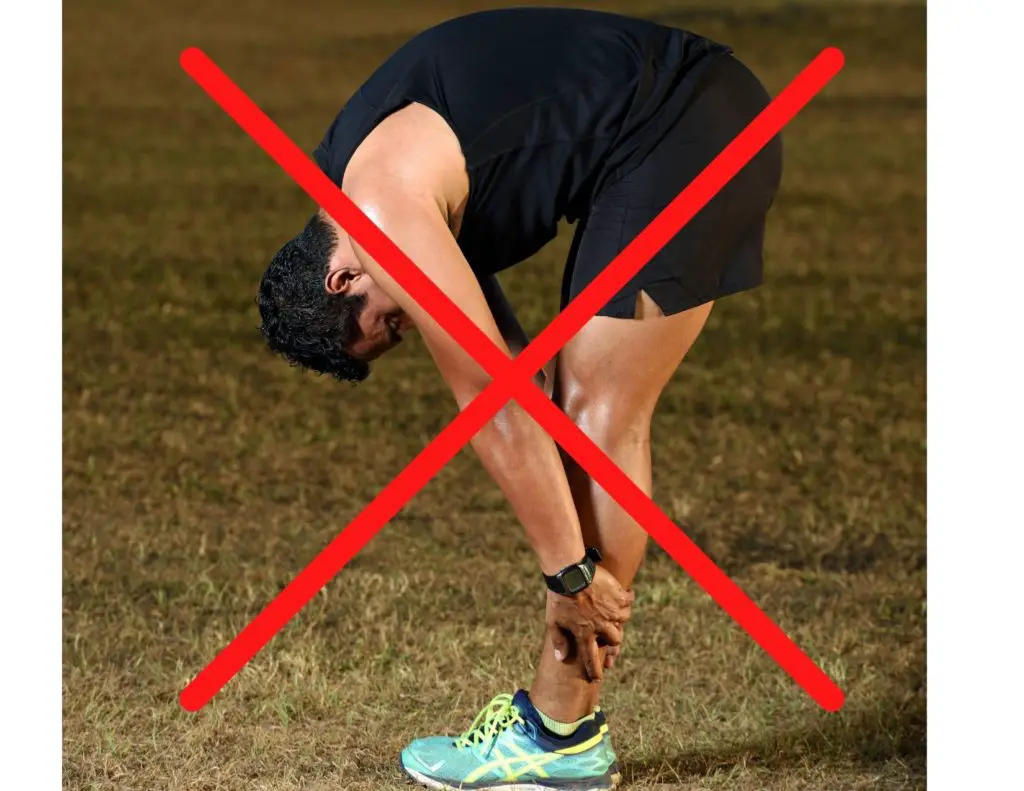
Almost all lower back stretches involve some spinal flexion. Spinal flexion often triggers back pain in the first place. Over 50% of people with back pain are sensitive to flexion and respond positively to extension exercises in the opposite direction (1).
Instead, opt for techniques like soft tissue work with a lacrosse ball, massage therapy, and dry needling to relieve muscle pain and restricted soft tissues around your spine.
3) Staying in Bed
Back pain recovers faster if you continue your daily activities, modifying when necessary (1). Staying in bed or on the couch all day will slow the healing process. And your back will feel even more stiff.

Avoid bed rest for acute back pain. Continue your normal activities unless you experience intense pain.
4) Expecting the Worst
There’s good news about low back pain: 99.1% of cases aren’t a serious medical issue (1). So if you have lower back pain and can’t straighten up, it’s important to stay calm. Expecting the worst is a common mistake that will prolong the healing process.
Related: 5 Low Back Pain Mistakes Proven to Prolong Recovery
The Fast Lane
Back pain isn’t usually serious or chronic. But it’s still a good idea to seek professional treatment.
Research shows that going to a physical therapist first is the best way to feel better fast. And it’s cost-effective, too (5). Getting early physical therapy accelerates recovery and reduces the risk of developing chronic low back pain (1).
Plus, your PT is trained to know when to send you to a spine specialist if necessary.
Red Flags
“Red Flag” symptoms can indicate the presence of serious conditions. Red flag symptoms warrant prompt medical attention.

Red flags include:
- Changes in bowel or bladder function
- Changes in sensation in the saddle (groin) area
- Impaired coordination with walking (ataxia)
- Fever
- Unexplained weight loss
- Numbness/tingling in both legs
- Recent trauma (car accident, fall, etc.)
Talk to your doctor right away if you have any of these symptoms. They can indicate serious issues like infection, fracture or spinal cord compression.
Summary
Physical therapy can solve most cases of lower back pain and difficulty straightening up.
These symptoms don’t necessarily indicate a serious medical problem. However, it’s still a good idea get treated by a qualified healthcare provider, like a physical therapist or a medical doctor.
For low back pain, McKenzie extension exercises relieve pain and restore motion. Additionally, sitting with better posture and retraining the lumbar multifidus muscles helps too.
To learn more about the McKenzie Method for back pain relief, check out Treat Your Own Back, a best-selling book that gave me relief on my journey through chronic back pain. It’s helped thousands of people all over the world.
Readers: Have you dealt with low back pain before? Have you had trouble straightening up? What helped you feel better? What didn’t? Share your experiences in the comments.
For more expert pain-relief insights, join the free Facts & Physio Newsletter. Plus, get The Recovery Checklist e-book when you sign up.
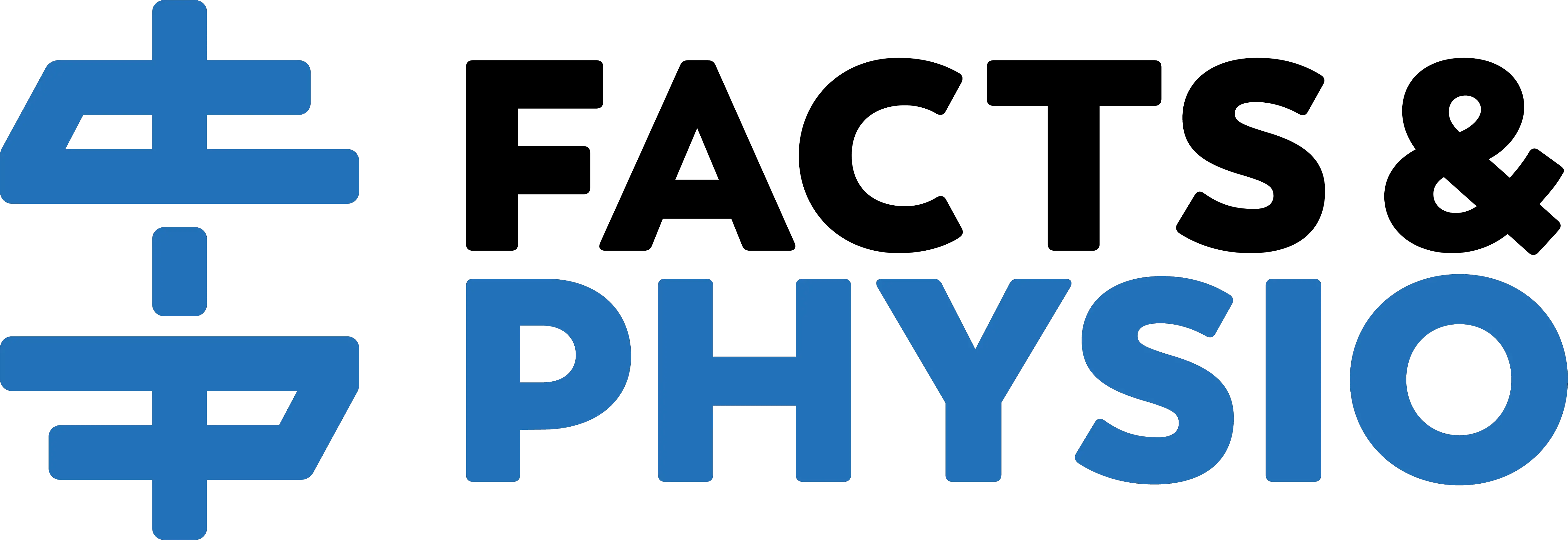
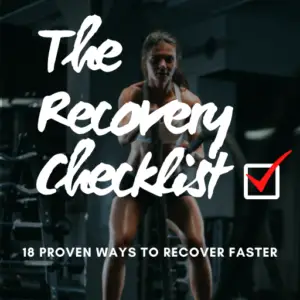
2 thoughts on “Lower Back Pain and Can’t Straighten Up? Here’s Why”
I don’t see how to subscribe to the newsletter. Macular degenerativo is not helping.. I guess PT cn’t he lp me m ore. Too many issues between hips, sacrum, spine, osteoporosis, ad infinitum. Just finished PT; still can’t stand straight nor stand long. Know I am almost 91 but…
Maureen, thanks for the comment. Let me know if you want me to add you to the newsletter. Wishing you all the best!